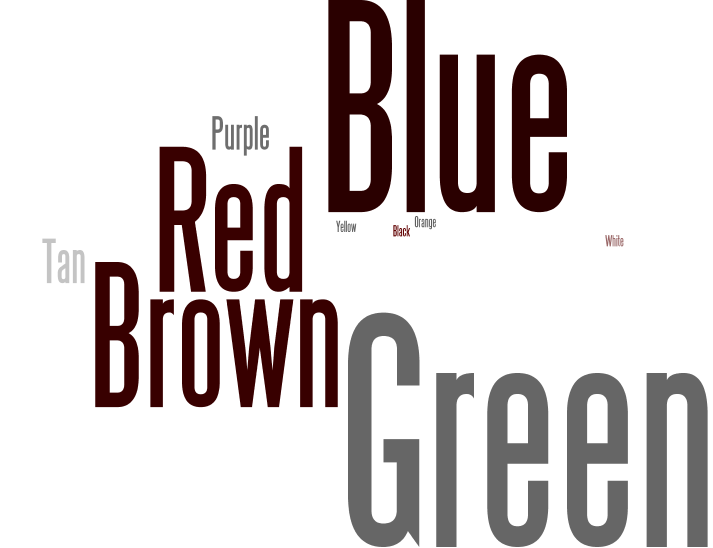The James Wilson Bright Collection
The 4,000 volume James Wilson Bright Collection was developed by Johns Hopkins University philologist James Wilson Bright
as a teaching collection - it is known for its strengths in Anglo-Saxon, Middle English, and Early Modern English texts. The collection was purchased by
Goucher College shortly before Bright's death in 1926. Having amassed contemporary publications throughout his life, Bright's books
serve as an excellent showcase of the development of publishers' cloth bindings throughout the 19th and early 20th centuries.
The 4,000 volume James Wilson Bright Collection was developed by Johns Hopkins University philologist James Wilson Bright as a teaching collection - it is known for its strengths in Anglo-Saxon, Middle English, and Early Modern English texts. The collection was purchased by Goucher College shortly before Bright's death in 1926. Having amassed contemporary publications throughout his life, Bright's books serve as an excellent showcase of the development of publishers' cloth bindings throughout the 19th and early 20th centuries.
